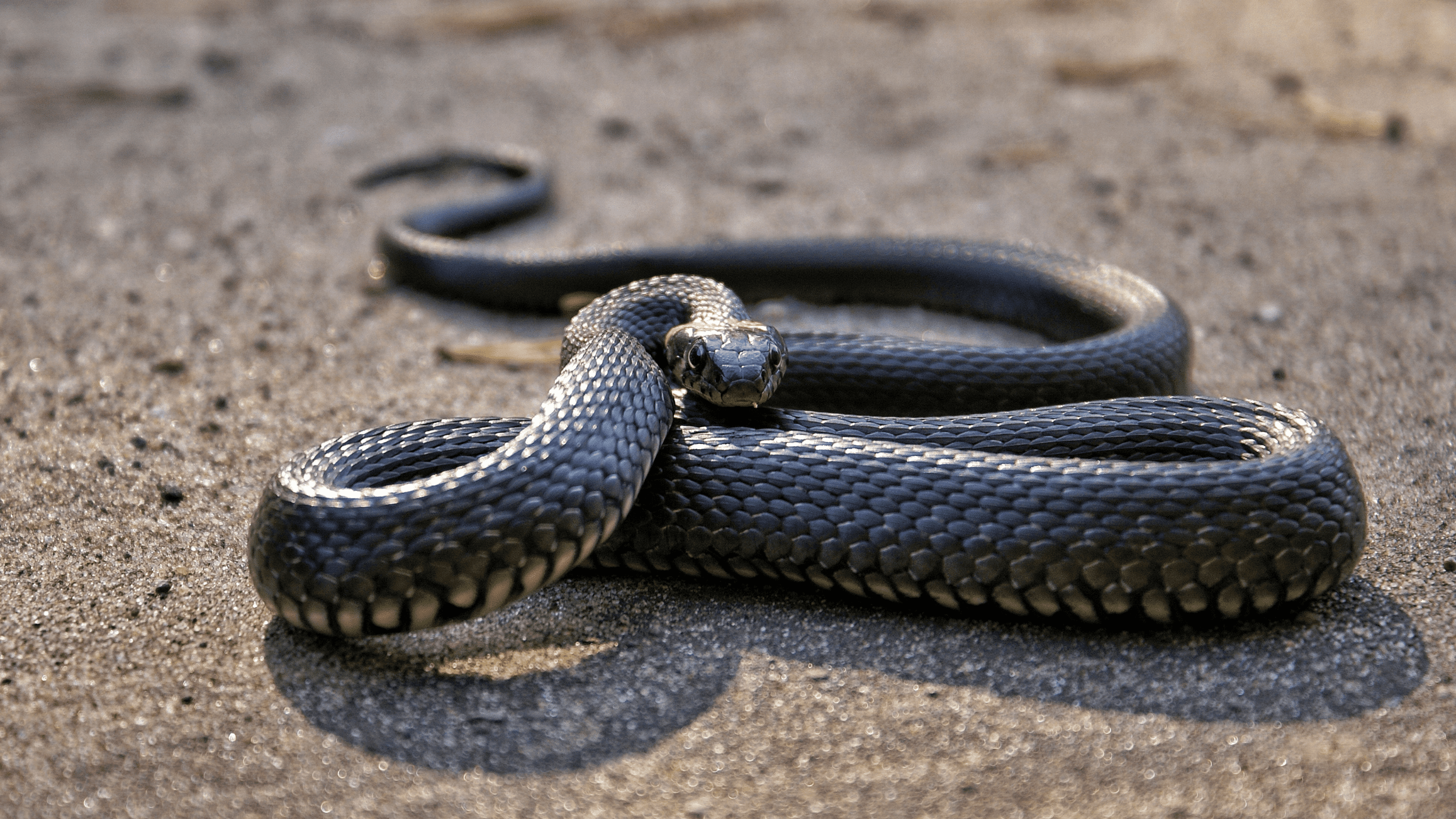
Snakes
Florida’s unique and diverse environment supports a vast array of wildlife, including 50 species of snakes. Although snakes play an important role in Florida’s ecosystem, they can be a source of concern for residents in Brevard and Indian River County. Of the 50 species found in the state, only six are venomous, and identifying which ones are venomous can be a challenge for the untrained eye.
As a result, it is crucial to take precautions when encountering snakes. Most snakes are not aggressive towards humans and will retreat if they sense people approaching. Trying to handle or pick up a snake is strongly discouraged, as it can trigger a defensive response, which may result in a bite. In fact, most snake bites occur when people try to handle snakes unsafely.
At Florida Wildlife Management, we have extensive experience in safely handling and relocating snakes. If you encounter a snake on your property and are unsure how to proceed, it is always best to contact a professional to ensure safe removal. Our team is highly trained in snake identification and can quickly assess the situation to determine the best course of action.
In summary, snakes are an essential part of Florida’s ecosystem, but it is important to exercise caution when encountering them. Only six species of snakes in Florida are venomous, but identifying them can be challenging. To stay safe, it is best to avoid handling snakes altogether and contact professionals like Florida Wildlife Management for assistance with safe removal. (Get consultation here)
Here are the six species of venomous snakes found in Florida along with a brief description of their appearance:
1) Eastern Diamondback Rattlesnake – This is the largest venomous snake found in North America and can grow up to 8 feet in length. It has a distinctive diamond-shaped pattern on its back, which is usually brown or gray. Its tail has a series of black and white bands, and it has a rattle at the end of its tail that it uses to warn predators.
2) Timber Rattlesnake – Also known as the Canebrake Rattlesnake, it has a similar appearance to the Eastern Diamondback but is smaller, typically reaching lengths of 3-5 feet. It has a brown or gray body with a darker pattern of diamond-shaped markings on its back.
3) Dusky Pygmy Rattlesnake – This is a smaller species of rattlesnake that only grows up to 2 feet in length. It has a brown or gray body with a distinctive black stripe running down the center of its back. Its rattle is small and hard to hear, and it may not even rattle before striking.
4) Coral Snake – This snake has distinctive red, yellow, and black bands on its body that are arranged in a specific pattern: red touches yellow, kills a fellow; red touches black, venom lack. It has a small head and slender body, growing up to 3 feet in length.
5) Cottonmouth – Also known as the Water Moccasin, this snake has a stout body and can grow up to 6 feet in length. It is typically brown or black with a white or yellow mouth, which it displays when threatened. It is commonly found near water and wetlands.
6) Copperhead – This snake has a distinctive copper-colored head and typically grows up to 3 feet in length. Its body is light brown or tan with darker hourglass-shaped markings down its back.
It’s important to remember that while identifying venomous snakes is useful, it’s still best to avoid handling any snakes in the wild. If you encounter a snake and are unsure of its species or behavior, it’s best to leave it alone and seek professional assistance.

